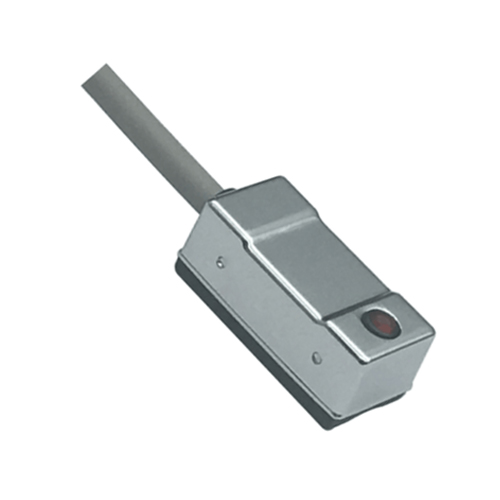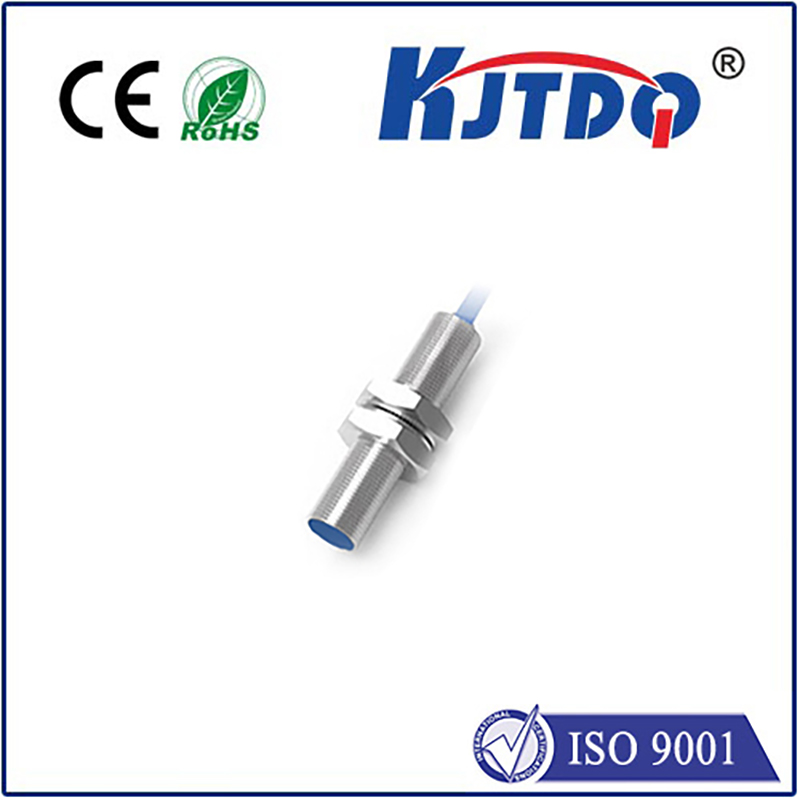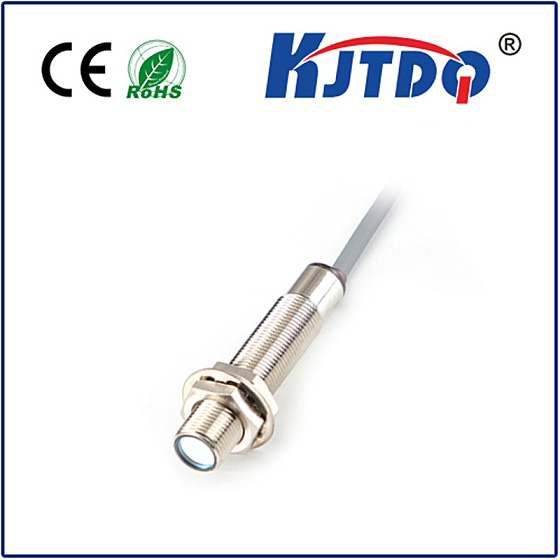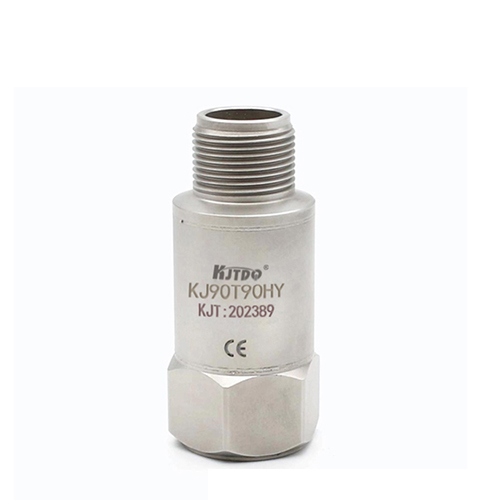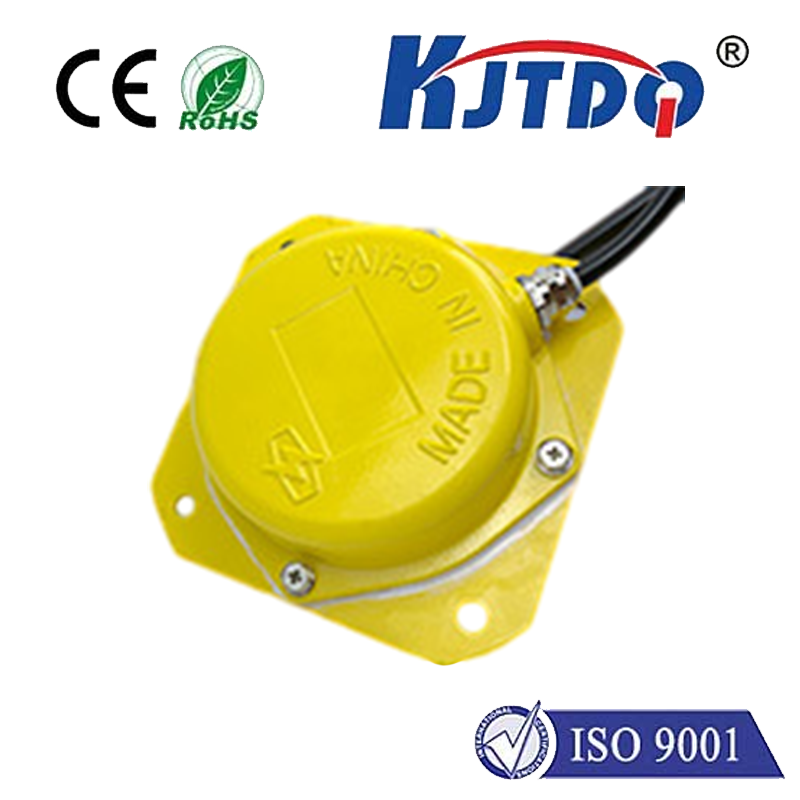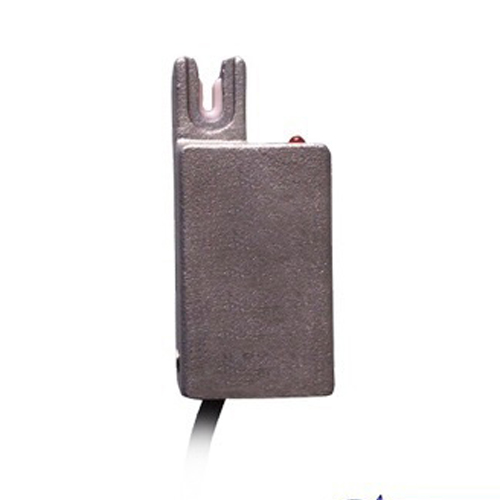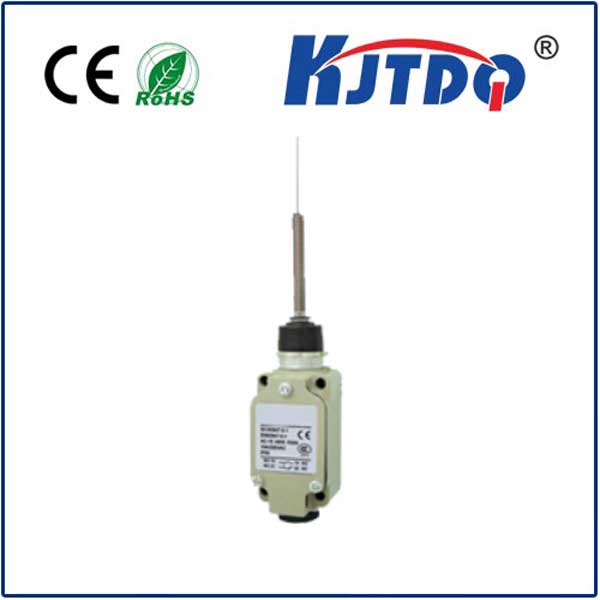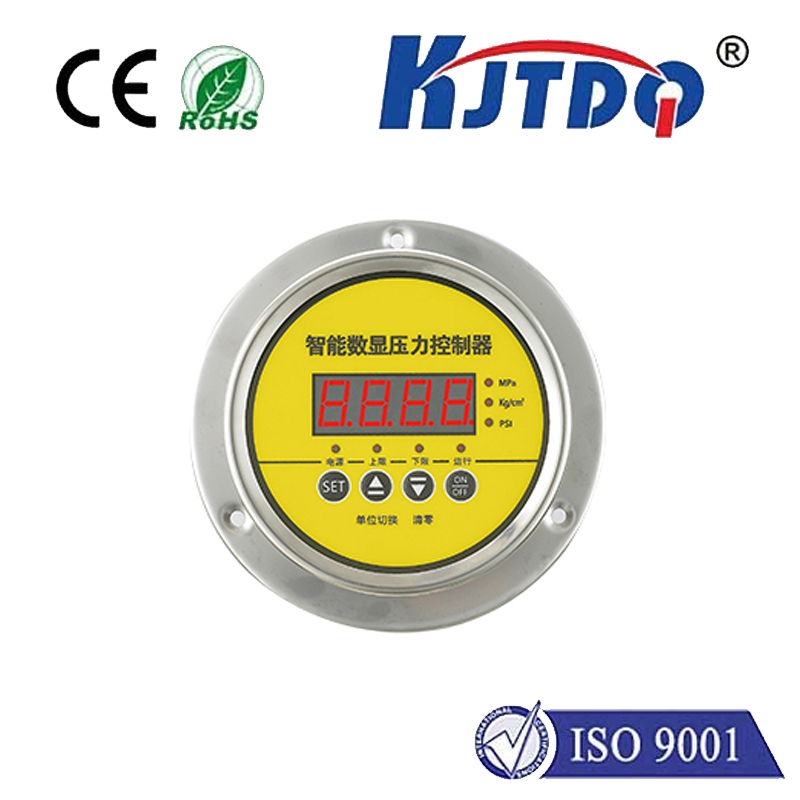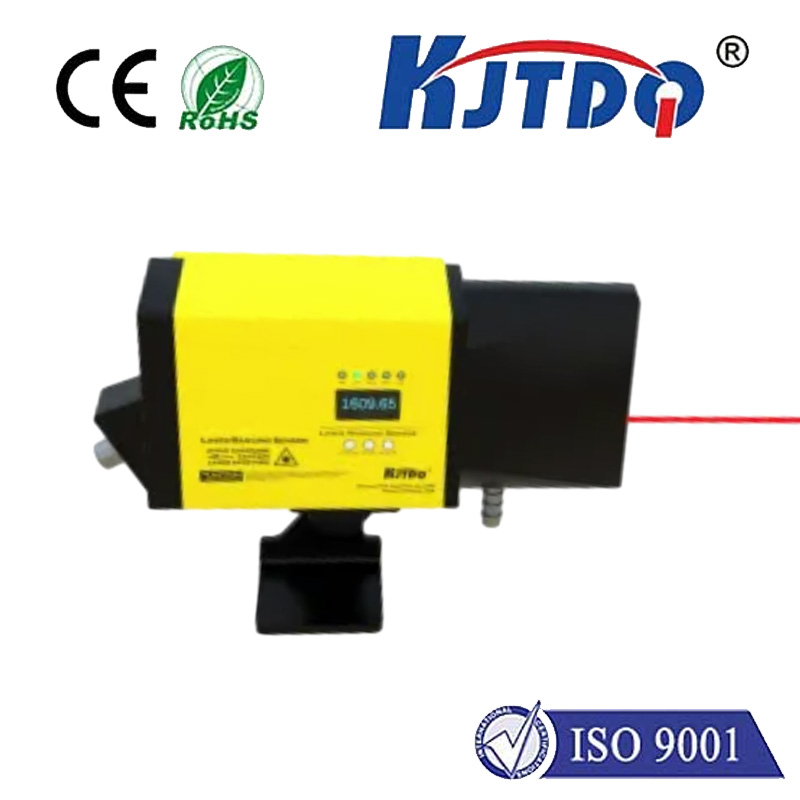

check

check

check

check

check

check

check

check

check

check
Have you ever marveled at how your smartphone screen automatically dims when held to your ear during a call? This seamless magic stems from infrared proximity sensors—a tiny yet transformative component that quietly revolutionizes our daily interactions with technology. These sensors harness infrared light to detect nearby objects without physical contact, offering unmatched precision in an increasingly automated world. From preventing accidental touches on touchscreens to ensuring factory safety, infrared proximity sensors have become indispensable in modern electronics. Their blend of simplicity and sophistication makes them a cornerstone of innovation, driving efficiency across diverse sectors while enhancing user experiences.
At its core, an infrared proximity sensor operates on a straightforward yet ingenious principle. It emits invisible infrared light waves through a transmitter, which then bounce off objects in the vicinity. A receiver detects these reflected signals, calculating the object’s distance based on the time it takes for the light to return—a method known as time-of-flight measurement. Unlike ultrasonic or capacitive sensors, infrared variants excel in non-contact detection, making them ideal for environments where cleanliness or minimal interference is crucial. For instance, in an infrared proximity sensor, the IR emitter and receiver are finely tuned to work within short ranges, typically a few centimeters to meters, ensuring real-time responses. This principle capitalizes on light properties rather than sound or touch, reducing errors from ambient noise or surface variations. As a result, infrared sensors deliver high accuracy with low power consumption, often drawing minimal energy in standby modes. Such efficiency stems from advancements like pulse modulation, where brief IR bursts minimize interference from other light sources. Overall, this technology provides a robust foundation for reliable proximity sensing, effortlessly integrating into compact designs for mass production.

The applications of infrared proximity sensors span a vast spectrum of industries, underscoring their versatility and critical role. In consumer electronics, they’re ubiquitous—embedded in smartphones to prevent unintentional screen activations during calls or in gaming controllers for gesture recognition. For example, devices like iPhones leverage these sensors to conserve battery life by dimming displays when held close. Beyond personal gadgets, the automotive sector heavily relies on them for safety enhancements. Infrared proximity sensors assist in parking systems, alerting drivers to nearby obstacles through audible cues, or enabling adaptive lighting that adjusts beam patterns based on traffic proximity. Moving to industrial settings, these sensors shine in factory automation. They monitor assembly lines, detecting objects on conveyors to trigger robotic arms or halt machinery if workers stray too close—boosting productivity while cutting accident risks. A notable case is in packaging plants, where infrared variants ensure precise fill levels without contamination by non-invasively scanning containers. Healthcare applications also benefit, with medical devices using sensors for touchless interfaces in operating rooms, reducing infection spread. Even smart homes adopt infrared proximity sensors for lighting controls that activate as residents approach, contributing to energy savings. Such widespread use highlights how infrared technology adapts seamlessly to evolving needs, making it a go-to solution for proximity detection challenges.
Why choose infrared proximity sensors over alternatives? Their distinct advantages make them a superior choice in many scenarios. Cost-effectiveness stands out—manufacturers can produce them affordably at scale due to simple components like LED emitters and photodetectors. This affordability fuels mass adoption, particularly in budget-friendly consumer goods. Equally compelling is reliability in varied environments. Infrared sensors perform consistently in dust, moisture, or low-light conditions where optical sensors might falter, ensuring durable operation in outdoor gear or industrial machinery. Enhanced sensitivity allows them to detect subtle movements, such as a hand waving near a sensor, with minimal delay—crucial for responsive interfaces in devices like automatic faucets. From an energy perspective, infrared proximity sensors are remarkably efficient. They consume far less power than ultrasonic counterparts by emitting short IR pulses rather than continuous waves, extending battery life in portable gadgets. For instance, in wearable tech, this efficiency translates to longer usage without frequent recharges. Moreover, their non-intrusive nature preserves hygiene in applications like touchless kiosks, which gained prominence during health crises. While challenges exist—such as interference from direct sunlight overwhelming IR signals—innovations like wavelength filtering and adaptive algorithms mitigate these issues effectively. Thus, the blend of low cost, dependability, and eco-friendliness positions infrared proximity sensors as industry leaders in proximity detection solutions.
Looking ahead, the future of infrared proximity sensors appears bright, driven by ongoing miniaturization and smarter integration. Emerging trends include combining them with AI algorithms for predictive behavior, enabling sensors to anticipate movements in smart homes or autonomous vehicles. As demand grows in IoT ecosystems, expect wider adoption in areas like agricultural drones for crop monitoring. The journey of infrared proximity sensors continues to unlock endless possibilities.
